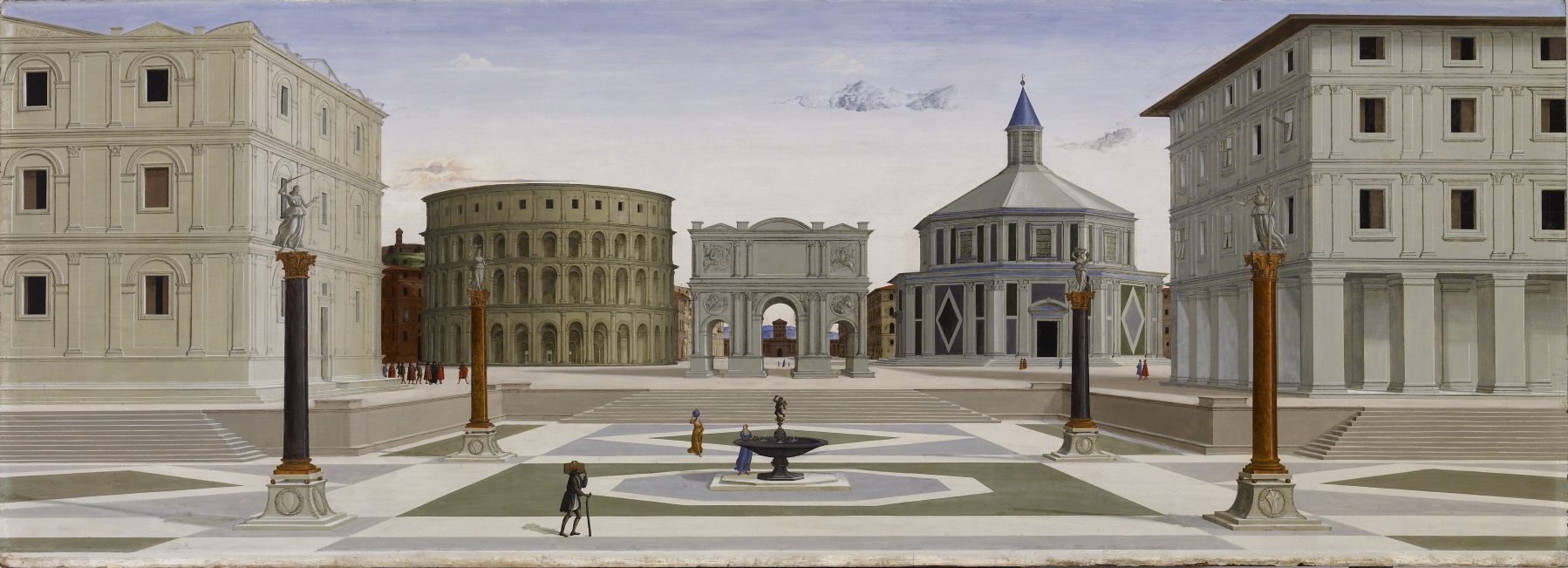B. Monechi, E. Ubaldi and V. Loreto
Sony CSL Paris
C. Chiappetta, B. Campanelli and L. Rossi Mori
Sapienza University of Rome

Modern cities are at the centre of a passionate debate about their future. COVID-19 pandemic made many flee from cities towards safer and less crowded areas. Meanwhile, urban planners, decision-makers, and politicians try to rethink cities’ roles and adapt their fabrics to the “new normal”. Traditionally, cities have been built around the concept of speed. Accessibility to individual needs is driven by citizens’ ability to navigate urban areas with public and private transport efficiently, i.e., one key element for having a high-quality neighbourhood is its interconnectedness with the rest of the city. However, this concept leads to well-known issues: public transportation overcrowding (a critical issue during the current pandemic), traffic jams and hours spent everyday travelling towards work or leisure activities. Moreover, the increase in travel speed did not lead people to travel for less time. On the contrary, travel time remained the same while the cities’ size grew, a phenomenon called the Marchetti constant.
Thus, while access to opportunities is one of the main reasons people choose to live in cities, accessibility needs to be redesigned. In Paris, Carlos Moreno of Sorbonne University recently introduced a revolutionary concept dubbed the “15-Minute City“. Moreno suggested that we should redesign neighbourhoods so that individuals can reach the set of venues they visit the most (e.g., workplace, groceries and recreational sites) within a 15 minute travel distance, either by bike or on foot. These neighbourhoods’ ideal configuration is already a reality in some part of major urban cities. However, many of the population still experiences distances and travel times far above the 15-minute goal. That is why municipalities and local institutions should re-organize their cities’ structure to offer a 15-minute city experience to all the population consistently. Many important cities worldwide are adopting a design centred around walking and biking, and Paris is actively working to realize Carlos Moreno’s 15-Minute idea.

Paris 15-Minute city concept by Micaël Dessin, from here.
The realization of this forward-looking idea requires a twofold approach: on the one hand, to re-think and plan a novel organization of the urban space. On the other hand, we need to develop tools to detect the city’s districts that struggle to offer an inclusive and enjoyable neighbourhood at foot-walk distance. We can tackle this challenge by leveraging the wealth of digital traces logging our cities’ structural evolution (such as the OpenStreetMap project) and their citizens’ displacement habits (using, for instance, individual cell phone location data). These two layers of information allow for nearly real-time monitoring of the mobility demand and precise quantification of accessibility metrics.
Sony CSL Paris has long been committed to the development of quantitative tools for this assessment. Developed in collaboration with Sapienza University of Rome, the 15-Minute City Platform we present here is the last addition to the so-called Whatif-Machine. For the time being, the platform only features Paris and Rome. Two pieces of evidence emerge. First, city centres are closer to the 15-minute model than suburbs. Second, compliance with the 15-minute model strongly depends on the specific activity considered. Among those, working is the category systematically non-compliant with the 15-minute model. This is not surprising, considering that one cannot always choose the location of work. This evidence will be significant when rethinking work in the post-COVID era.

The 15-Minutes City platform exploits open data about venues in cities, historical data about individuals’ GPS tracks, and routing algorithms to map how different parts of a city are far or close to the 15-Minute concept. This tool is freely available online for anyone to explore and will be enriched with more data and information as the project will further develop by including new cities and new features. The 15-Minute City platform allows assessing whether a specific area is “15-Minute” compliant either by bike or on foot and inspecting what activities are “15-Minute-accessible” for the residents.
By clicking on an area on the map, you will have access to detailed information, showing a radar plot of the average travel time needed to reach specific opportunities when departing from that area.

The 15-Minute City project will not be limited to the platform’s development: it aims to be one of the first efforts to provide reliable quantitative support to the 15-Minutes idea. In particular, the platform allows for an intuitive spatial assessment of the areas still far from being compliant with the 15-minute target. This information can assist policy-making aimed at promoting equal and fair opportunity accessibility to all citizens.
Explore the 15-Minute maps for Paris and Rome here.
References
Dan Luscher, “Introducing the 15-Minute City” https://www.15minutecity.com/blog/hello
Marchetti, Cesare. “Anthropological invariants in travel behaviour.” Technological forecasting and social change 47.1 (1994): 75-88. http://www.cesaremarchetti.org/archive/electronic/basic_instincts.pdf





